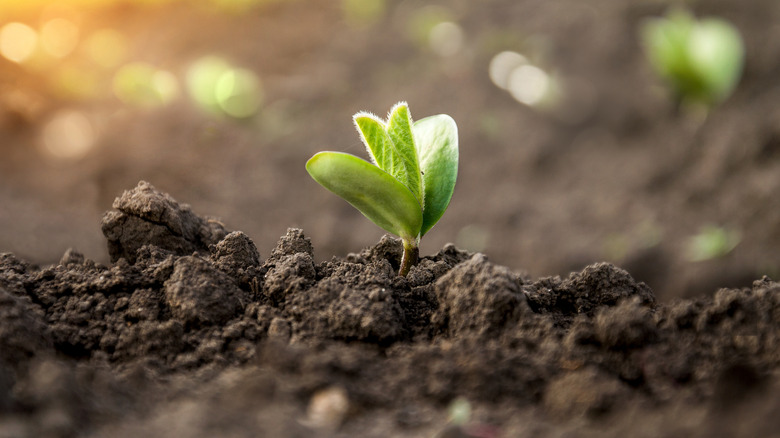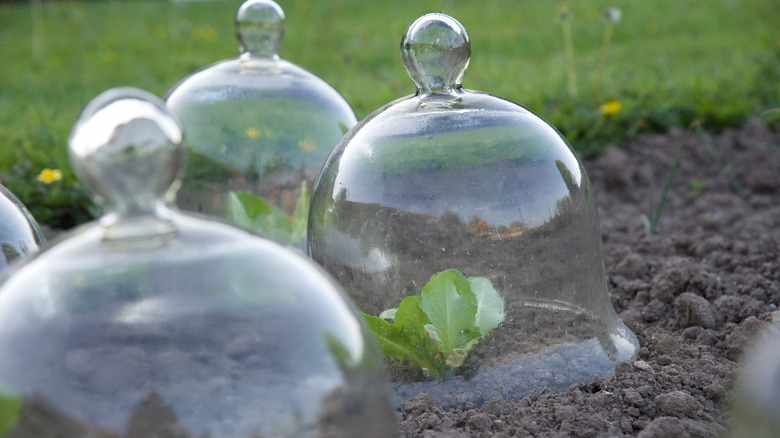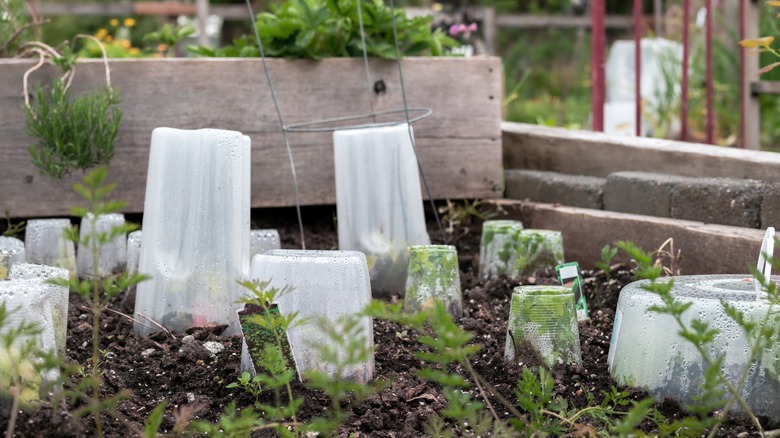What Are Hot Caps For Gardens And How Can They Extend The Growing Season?
As a gardener, you may have experienced the frustration of seeing your plants damaged by frost or go completely missing after suddenly becoming a late-night snack. That's where hot caps (or hot hats) can help. The main goal of using hot caps in gardens is to reduce any possible stress and prevent harm to your plants during the changing seasons. These nifty protective covers not only boost productivity in your garden patch but also shield your plants from frost during the early spring or late fall periods. You can think of hot caps as little plant blankets.
They're especially beneficial when seedlings are just beginning to sprout in spring. The trick is finding the right balance. You want the hot cap to create a warm environment underneath without getting too hot and frying your poor plants. Hot caps are meant to cover individual plants and create a climate-controlled space for optimal growth, similar to how some large-scale farms use greenhouses or fabric structures to cover rows of produce. Lucky for you, they're also incredibly easy to make.
How hot caps work
Hot caps work their magic in a couple of key ways. First, they provide a protective shield for your plants against cold and/or frosty weather, which allows them to withstand lower temperatures than would otherwise cause severe damage or death. The hot cap essentially creates a microclimate by trapping heat and preventing frost from settling on the plants. This ensures that your plant babies will continue to grow and thrive even when the temperatures get a bit frosty.
In addition to keeping the environment temperate, hot caps also act as a barrier against external elements that could hurt your garden. They're adept at preventing pests, birds, and other small animals from doing severe damage to your plant. Hot caps allow you to extend your growing season by plating earlier and also extending the season into late fall or early winter.
That being said, it's best to avoid using hot caps for no more than 10 days. Prolonged use can actually inhibit photosynthesis, which can lead to stunted growth and less of a bounty. Proper use is crucial as well because plants still need proper air circulation. Hot caps should have small slits or vents to allow air flow and prevent excessive heat buildup. They can also be stakes in place to prevent animals from poking around and dislodging them.
You can also make your own hot caps
You can easily find hot caps made of plastic or wax-coated biodegradable paper or plastics at your local gardening store. But if you're feeling a bit crafty, you can make your own hot caps using everyday items and recyclables. Plastic milk jugs, soda bottles, or clear plastic sheeting are all viable options. For bottles and jugs, just cut off the bottom part of the container and pop it over your plant. You can secure it in place using loop or tent stakes. During daylight hours, keep the cap off to prevent accidental frying and ensure proper ventilation. When the sun begins to set, put the caps back on to trap the warmth.
For taller plants, repurposing a tomato cage is another smart option. If you happen to have any plastic sheeting hanging around from a painting project, wrap the tomato cage with it. Add a strip over the top and secure it in place. Be sure to poke small ventilation holes throughout the top for airflow. Bell jars, or cloches, are also great for nighttime use only. These are typically made of glass and don't have ventilation holes, so if you use them during the day, your plants won't be very happy with you.


